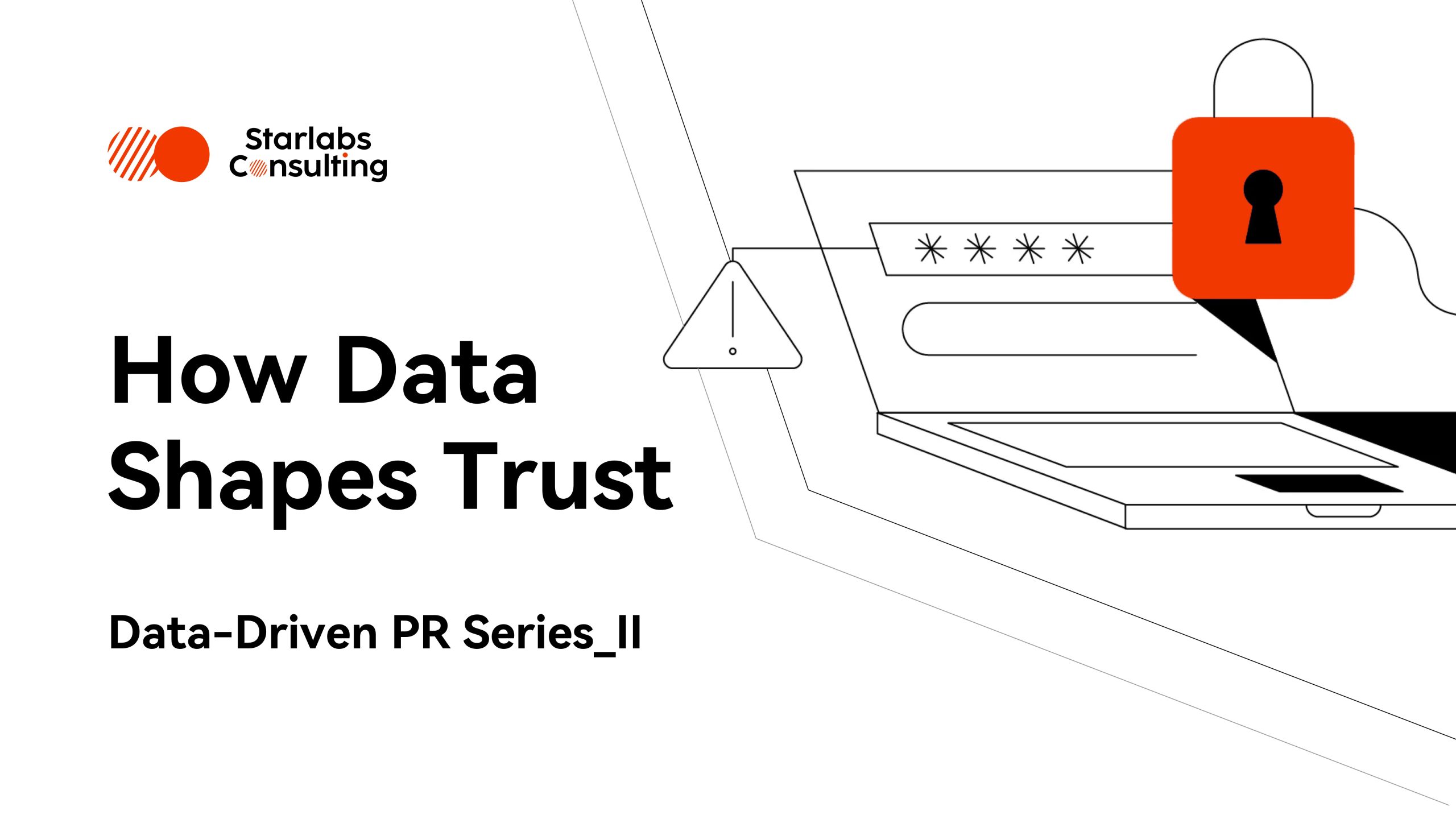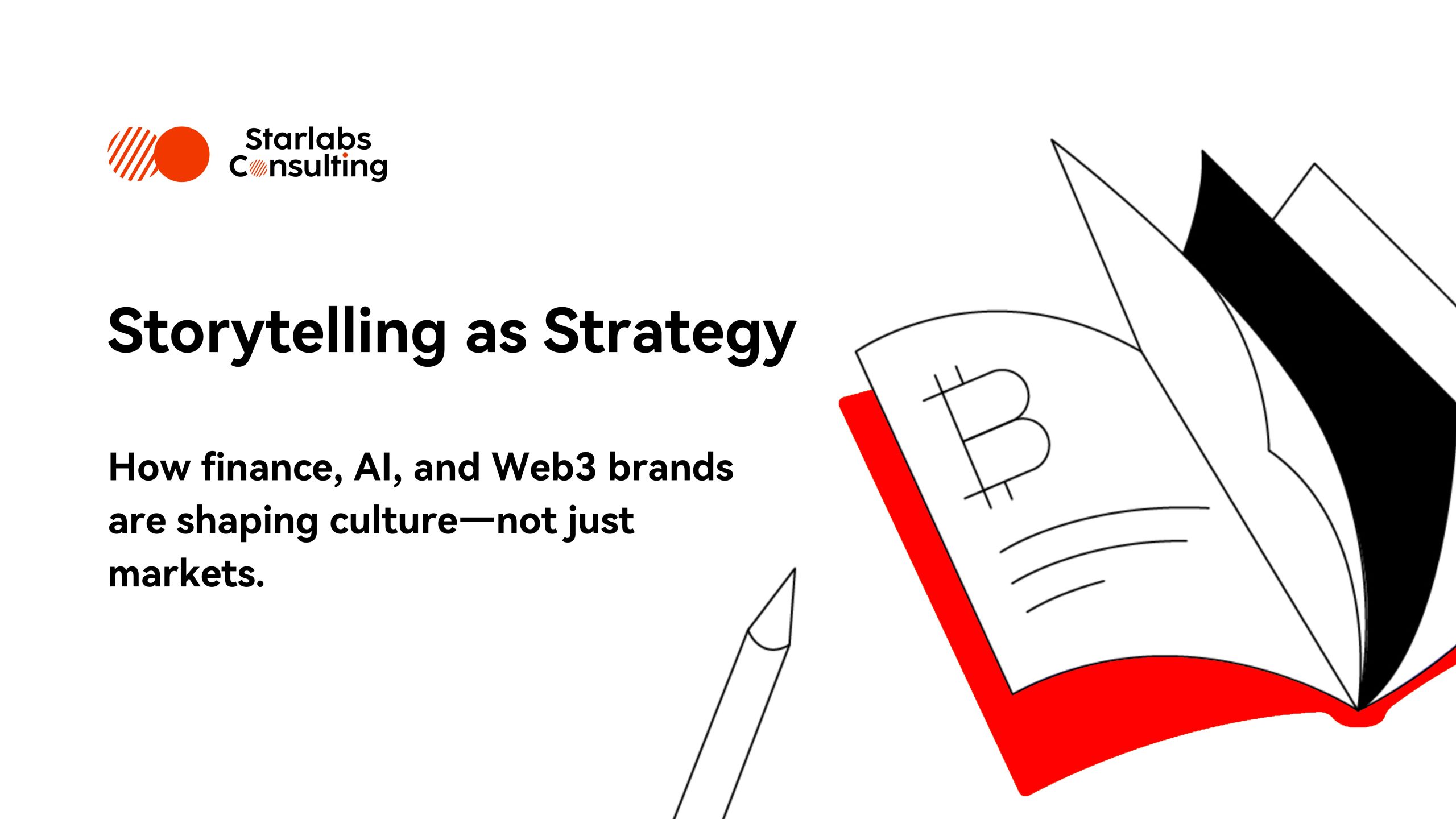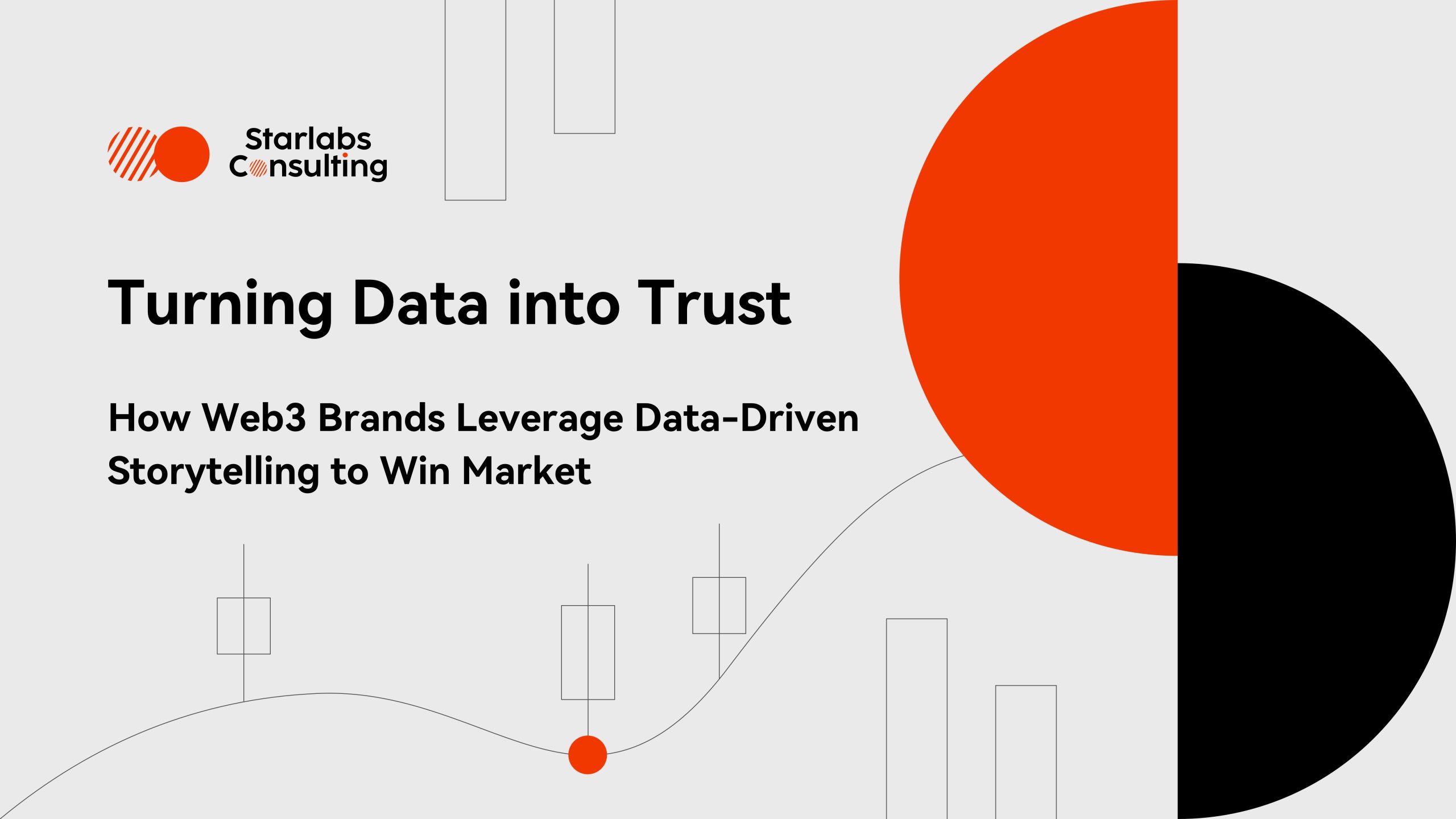
How Data Shapes Trust: Telling a Compelling Brand Story in Disruptive Technologies | Data-Driven PR Series (II)
Key Takeaways:
- Across industries, trust is earned not by narrative, but by verifiable data.
- In Web3, leadership is not claimed—it is demonstrated through verifiable data.
- AI leaders differentiate through performance and safety metrics.
- For self-driving companies, safety metrics are far more persuasive than any slogan about “revolutionizing transport.”
- Detailed efficacy percentages and side-effect data from biotechnologies not only convinced regulators but also reassured governments and the public at scale.
- In clean energy promising to “save the future,” numbers are the only proof that matters.
Across industries as varied as Web3, artificial intelligence, autonomous vehicles, biotechnology, and clean energy, a common thread is emerging: trust is increasingly built on data, not promises. In markets where hype is abundant but proof is scarce, the companies that distinguish themselves are those that can translate raw data into compelling narratives of credibility and growth.
The Strategic Imperative: Why Trust Must Be Data-Backed

Across disruptive technologies, adoption cycles are compressed and regulatory scrutiny is high. Whether it is a blockchain project, an AI model provider, or an EV manufacturer, the same question arises: “Where is the evidence?”
- Investors evaluate datasets before writing checks.
- Users rely on transparency to assess credibility.
- Regulators look for measurable signals of compliance and safety.
Trust, in this context, is earned not by narrative, but by verifiable data.
Case Insights: Data as the New Brand Narrative
Web3 – From Narrative to Evidence
When Ethereum executed The Merge in 2022, the project didn’t rely on marketing campaigns to convince stakeholders. Instead, it framed the event around hard data: a 99% reduction in energy consumption and millions of new validators joining the network. This wasn’t just a technical upgrade—it became a brand-defining moment that repositioned Ethereum as both scalable and environmentally responsible.

Similarly, Binance built credibility in the aftermath of the FTX collapse not through words, but by publishing proof-of-reserves data and wallet attestations. These disclosures, while imperfect, reassured users and regulators that the platform could withstand stress, turning transparency itself into a competitive advantage.

Starlabs note: in Web3, leadership is not claimed—it is demonstrated through verifiable data.
AI – From Hype to Benchmarks
AI startups have learned that bold claims mean little without validation. OpenAI’s ChatGPT adoption curve—100 million users in two months—wasn’t just growth; it became the brand story, signaling mainstream trust in generative AI. In contrast, Anthropic positioned itself differently: by publishing detailed research on model safety and interpretability, it reframed “trustworthy AI” as a quantifiable, data-driven category.

Starlabs note: The parallel with Web3 is striking. Both industries must constantly prove reliability, but while Web3 leans on usage data, AI leaders differentiate through performance and safety metrics.
Autonomous Vehicles – Safety as a Story
The credibility of self-driving companies rises or falls on a single question: is it safe? Tesla has consistently highlighted accident rates per mile, comparing Autopilot with human drivers. Waymo, meanwhile, publishes disengagement data—how often humans must intervene. For regulators, insurers, and consumers, these metrics are far more persuasive than any slogan about “revolutionizing transport.”

Starlabs note: just as investors won’t back a DeFi project without transparent liquidity data, cities won’t allow driverless cars without safety data.
Biotechnology – Trust Through Trial Data

During COVID-19, Moderna and BioNTech didn’t just claim effectiveness; they released detailed efficacy percentages and side-effect data. This transparency not only convinced regulators but also reassured governments and the public at scale. Here, data wasn’t a technical appendix—it was the brand identity: science-led, evidence-backed, globally credible.

Starlabs note: The resonance with AI and Web3 is unmistakable: in each case, data converts skepticism into adoption.
Clean Energy – Sustainability Proven in Numbers
When Ørsted transitioned from oil to renewables, it could have told a “green story.” Instead, it published annual reports showing gigawatts of renewable energy deployed and tons of CO₂ reduced. Likewise, First Solar differentiated itself not by slogans, but by lifecycle emissions data that positioned its panels as truly sustainable.

Starlabs note: in industries promising to “save the future,” numbers are the only proof that matters.
A Cross-Industry Framework for Data-Led Branding
- Choose the right proof points: For a blockchain project, that may be TVL or active wallets; for an AI lab, benchmark scores; for an energy company, carbon reductions.
- Contextualize the numbers: Ethereum’s “Merge” wasn’t just a technical upgrade—it was positioned as a 99% reduction in energy use, reframing Ethereum as an ecological leader.
- Institutionalize disclosure: Regular, predictable data releases (whether via dashboards, quarterly reports, or open-source repositories) transform transparency from a one-off tactic into a strategic moat.
Implications for Founders and Investors
- Startups should identify and publish one or two signature metrics that define credibility in their sector.
- Growth-stage players should elevate data into brand assets: ecosystem reports, industry benchmarks, sustainability trackers.
- Investors and regulators increasingly expect data storytelling as part of due diligence—it accelerates decision-making and filters hype.
Conclusion: Data as the Currency of Disruption
Across Web3, AI, biotech, and beyond, the pattern is unmistakable: the winners are those who embed transparency and data credibility into their DNA.
Coinbase didn’t become trusted through advertising, but through quarterly disclosures. OpenAI didn’t scale by slogans, but by publishing adoption metrics. Tesla and Waymo didn’t gain regulatory support through vision statements, but through safety numbers. Moderna didn’t build trust with words, but with trial data. Ørsted didn’t rebrand with a new logo, but with emissions data.
All in all, data became the brand. For any company operating in disruptive technologies, the lesson is universal: if you want to be believed, let the evidence lead your story.




